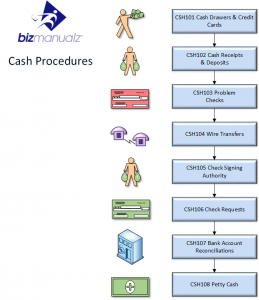Content

A common risk would be paying the performance fee twice on the same performance. In the chart below, we assume a fund returns 10% in Year 1 and -20% in Year 2 and then 30% in Year 3. The investment would have gone from 100,000 to 110,000 in Year 1 and again in Year 3 and investors would not want to pay for that twice. A high water mark ensures that they only pay a performance fee on the gains from 110,000 to 114,400 in Year 3. Some investors believe that tiered preferred returns in private equity improve the alignment of interests between managers and investors, while others believe that it incentivizes risky behavior. An important consideration when investing in private equity is the preferred return, which is not a standardized term and has many variations. At the highest level, private equity investors should understand what the preferred return is as well as how its calculated, what the catch-up is and whether there are claw back provisions.
Units of this type of investment fund may not be sold publicly under Swiss law. This is calculated on the basis of current rental income and a property-specific interest rate . Rental income must seem appropriate and obtainable over the long term in order to be fully included in the calculation. The capitalised-income value is the major factor used in valuing income properties. Investment funds which invest in bonds and other fixed or variable interest securities.
Seed Funding Round
A framework for co-investment by the main PE Fund should be carefully considered and mapped out at an early stage, with a view to communicating to LPs concisely and as early as possible. A fund’s offering documents and governing agreements should, in reasonably clear terms, provide the lay of the land. Top five holdings – Top five securities in a portfolio based on amount of invested assets. An investment process that focuses on themes or assets specifically related to topic selected based on specific values or norms-based criteria.
Measures the performance of a stated index and assumes reinvestment of all dividends and distributions over a period of time. The costs of buying and selling investments in order to implement a change in investment strategy. Association which represents the interests of the investment fund industry in Switzerland. https://online-accounting.net/ It was established in Basel in 1992 under the auspices of the Swiss Bankers Association. The long-term benchmark asset allocation, designed to meet the fund’s risk and return objectives. Solvency can be determined by using the ‘current ratio’, which divides total current liabilities by total current assets.
Glossary of investment terms
This is an industry that sees no signs of stopping and with new deals pouring in at a healthy pace, I only expect it to grow for the foreseeable future. The right of the investor to require the company to repurchase the investor’s stock for a price specified in the corporate charter. Redemption rights usually are not exercisable until five years or longer after the investment.
What does equity mean in shark tank?
Simply put, equity means shares. Buying equity means buying a stake in someone's company. When the sharks invest in a company, they are essentially taking a risk that the company/startup will grow, and so will their invested money. They ask for a stake in the company to protect their capital per their risk level.
Due to the close correlation of alternative and traditional investments, an existing portfolio is able to achieve a more favourable risk/return profile by adding alternative investments. An investment fund which has its own legal personality, usually a joint-stock company. The investors are shareholders and have both proprietary Learn the Lingo of Private Equity Investing and membership rights. The Swiss Investment Fund Act does not recognise funds set up in corporate form, but it is widely used in other parts of Europe and the United States. The strategic investment of the available assets in different asset classes, such as money market instruments, bonds, equities, real estate, etc.